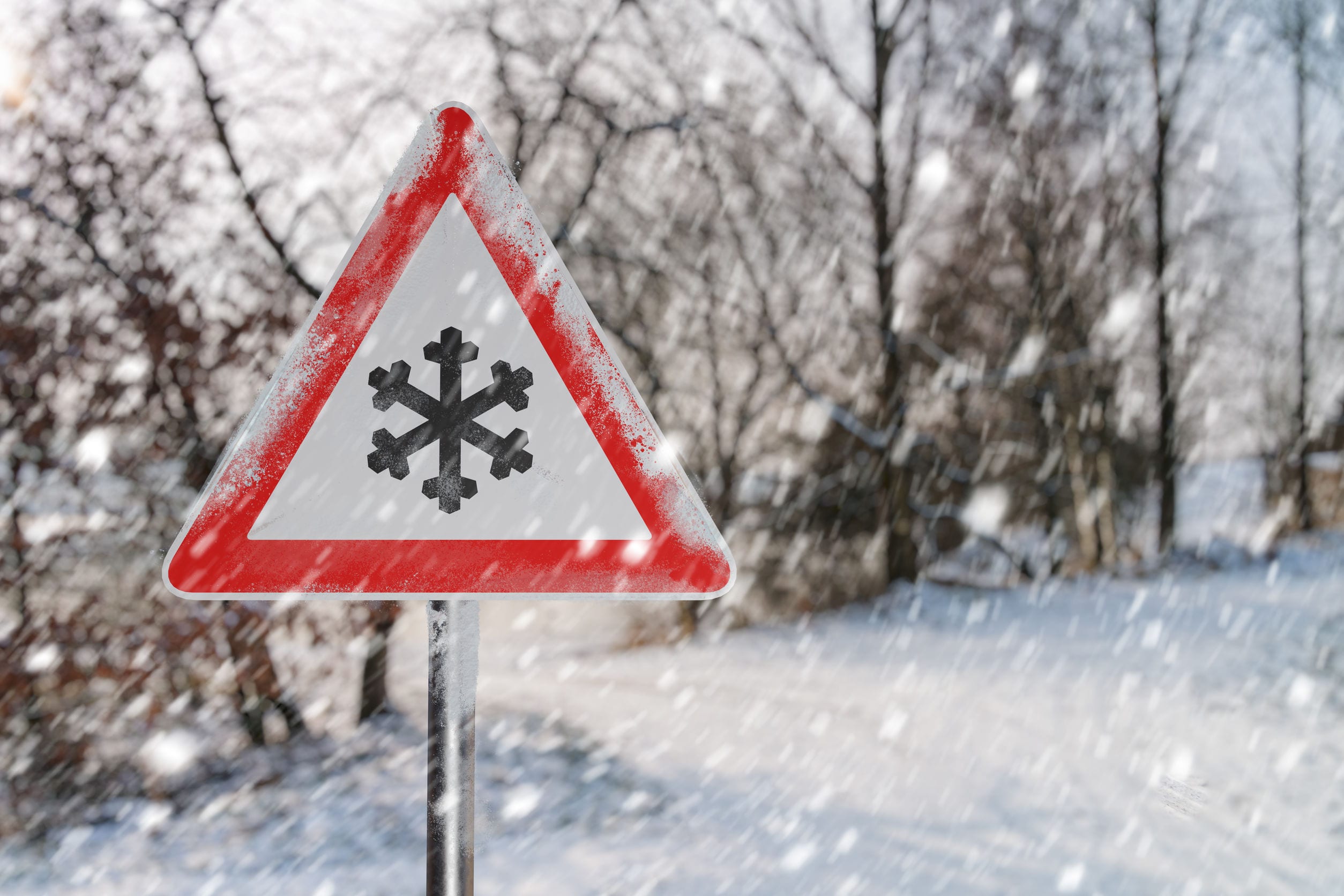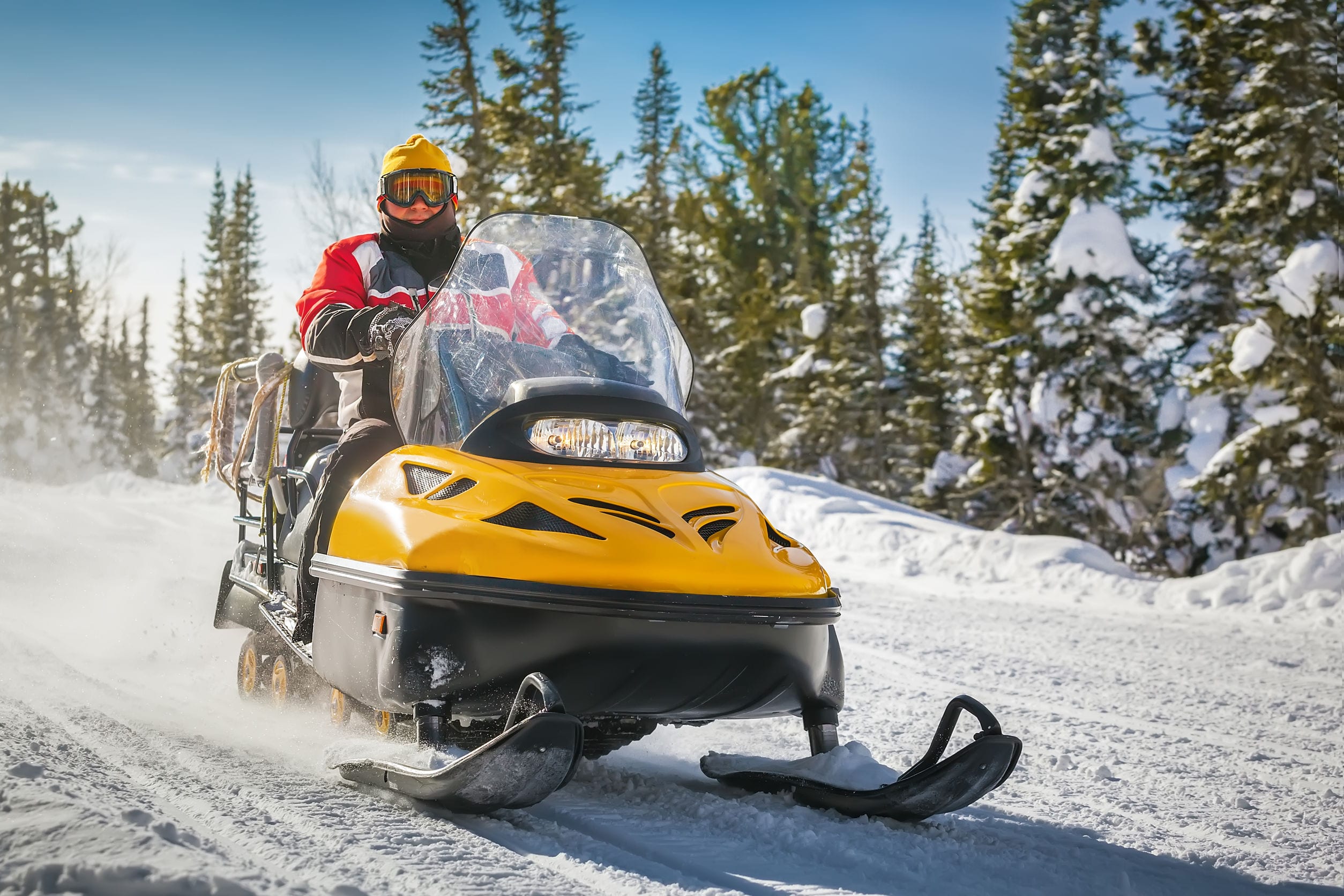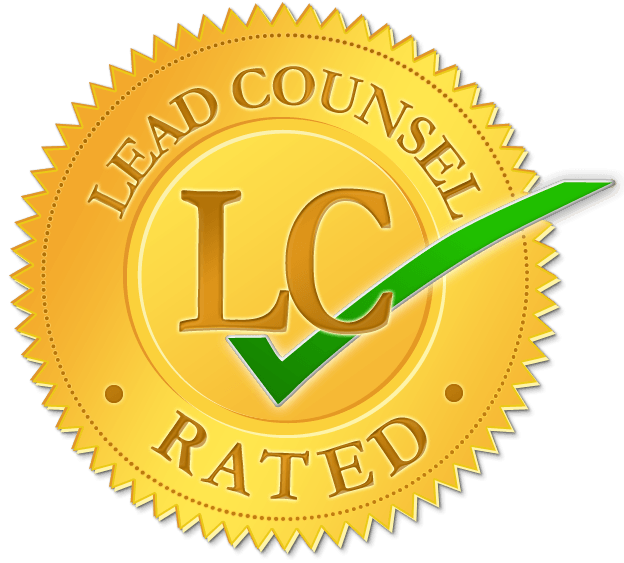Heading into MN Winter, Get the Right Snowmobile Coverage
Minnesota has already seen snow this fall – and it’s only going to keep on coming. In fact, according to the National Weather Service, Duluth averages below freezing temperatures in November and 9 days of snow.
The weather is only one of the reasons why snowmobiles are so popular in Minnesota. They allow you to enjoy the snowfall instead of dreading it. Just as with any other vehicle, though, snowmobiles require insurance.
Do you know what type of insurance you need or if you’re carrying the right coverage? Here’s what you need to know about snowmobile coverage and the steps you should take if you’re in a snowmobile accident.
Snowmobile Insurance: What Is It?
There are several ways that snowmobile insurance coverage works to protect you and your investment in a snowmobile. First, it provides coverage for personal injury. This helps to protect you from any financial hardship that can result from an accident where another person is injured.
Snowmobile insurance also protects damages to the machine itself. If you’re involved in an accident, repairs to the body and engine or replacement costs when necessary can be expensive. Snowmobile insurance helps to protect you financially from having to foot that significant bill on your own.
What Exactly Does Snowmobile Insurance Cover?
The type of snowmobile insurance you select can have an impact on what is covered. In general, snowmobile insurance includes things such as protection against:
- Collision
- Property damage liability
- Bodily injury liability
You may also be able to choose additional coverage options, depending on the insurance company you choose to purchase insurance from. Policy add-ons can include:
- Coverage for accessories such as riding gear and helmets
- Underinsured or uninsured driver coverage for property damage and bodily injury in case someone else causes harm to your machine or you and doesn’t have insurance coverage for the damages
- Increased liability limits to help cover liability lawsuits or claims
- Additional coverage for collision
- Year-round coverage in case your snowmobile is stolen or damaged in the offseason
- Towed trailer coverage
How Snowmobile Insurance Works

Snowmobiling is a risky activity for several reasons. Snowmobiles travel at high speeds and snow contributes to reduced visibility, which increases the risk of accidents.
By choosing comprehensive snowmobile coverage, you can cover yourself if a claim is filed against you for injuries or damages. You may also be able to file a claim for any damage or injuries to yourself or your vehicle after an accident or in the event your snowmobile is stolen.
Filing a Snowmobile Insurance Claim
Filing a claim is relatively easy. All you need to do is get all documentation from the accident (or theft, if that’s the case) together and contact your insurance company.
They may send an adjustor out if there is damage to your machine, otherwise, they’ll work with you and any other injured parties to help resolve the claim and cover any medical bills.
Common Snowmobile Injuries
When you’re involved in an accident on a snowmobile, you can sustain quite serious injuries. This is due to the fact that you’re traveling at speeds comparable to those of a car but without additional protection that is offered by other vehicles, such as airbags and restraints.
The most common snowmobile injuries include:
- Fractures
- Sprains
- Hypothermia
- Head injuries
- Back and neck injuries
- Burns
- Frostbite
Two Important Rider Safety Tips
You should always wear a helmet when riding a snowmobile to offer an additional layer of protection. It’s been shown that snowmobile riders who wear helmets are less likely to sustain fatal injuries in the event of an accident.
Also, it’s important to note that many people go to remote locations to snowmobile. While that makes the experience much more enjoyable for many, it also makes it more difficult to get medical care in an emergency.
Make sure to carry a device, such as your smartphone, that allows you to call for help in the event of an accident and injuries.
What To Do If You’re In a Snowmobile Accident
For any insurance claim, you’re going to need documentation – and you get that documentation by making sure to follow the correct steps in the wake of a snowmobile accident.
First and foremost, make sure you’re safe. You need to get out of the way of other snowmobiles if you can and stay at the scene. If you or anyone else involved needs medical attention, call an ambulance.
Next, exchange insurance information with all parties involved. You must secure this information to ensure it’s complete:
- Name of the others involved
- Address of others
- Phone numbers of everyone
- Insurance information for other riders
- Insurance policy number

After that, take pictures of the scene. Make sure to capture all vehicles involved and the place the accident occurred. You can call the police to file an accident report if that makes you more comfortable.
The last step is to contact your insurance company and report the accident so that you can begin the claims process.
About the Author:
A former Assistant Public Defender for the Sixth Judicial District in Duluth and former staff attorney for the Indian Legal Assistance Program, Brent R. Olson is an experienced trial lawyer who has appeared in every Courthouse in the Sixth Judicial District and taken over three dozen cases to verdict. At LaCourse, Poole & Envall, Mr. Envall focuses on family law, workers’ compensation, and criminal defense. He has a strong belief in restorative justice and helped to develop the Domestic Violence Restorative Circles program.
















